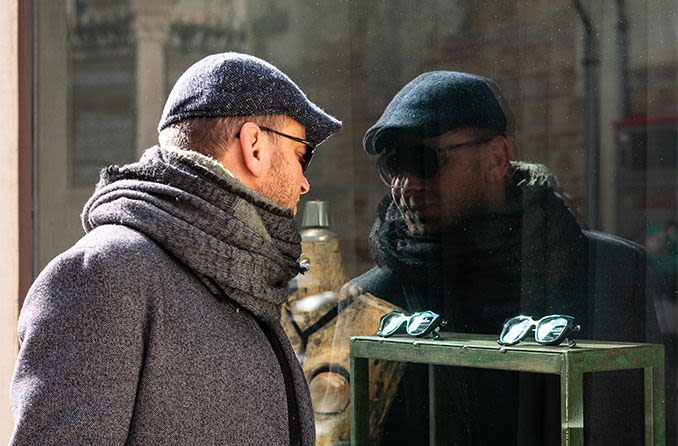The best time to buy sunglasses may surprise you

When is the best time to buy sunglasses?
Sunglasses and summer may go together like fireworks and the Fourth of July, but winter is actually the ideal time to buy sunglasses. The colder months tend to be the best time of year to buy sunglasses because they’re typically sold at lower prices.
And it’s not only a good idea to shop for shades during the “off” months because they are likely to go on sale. It’s also important to wear sunglasses through the winter (and all year-round) because the sun still emits powerful ultraviolet (UV) rays that can damage your eyes, no matter the season.
Why is winter a good time to buy sunglasses?
Sunglasses prices fall with temperatures, so purchasing a pair of shades for yourself or that snowman in your yard is going to cost a lot less.
Winter is indeed a good time to buy sunglasses, and it's also a great time to wear them.
Why? UVB (short-wavelength) rays are less intense during the winter, yet UVA (long-wavelength) rays maintain the same intensity year-round, including in the winter. UVA rays make up 95% of UV radiation reaching the Earth and can pass through your eye’s cornea to the lens and retina.
This means without proper eye protection, your eyes are still at risk from sun exposure even when it is cold outside. Wearing sunglasses during the winter can help protect your eyes from overexposure to harmful UVA radiation.
UVA rays have been linked to the development of eye conditions, such as pinguecula, dry eyes, photokeratitis (snow blindness) and excessive tearing.
Let's take a closer look at these eye conditions, a few of which pose a greater risk in winter:
PHOTOKERATITIS (SNOW BLINDNESS): Photokeratitis is a painful, temporary loss of vision due to overexposure to the sun’s UV rays. Snow reflects up to 80% of the sun’s UV rays, so it can easily more than double normal exposure.
This means those who spend time skiing, snowboarding or participating in other snow-related activities (like creating that snowman) without proper UV protection are at risk for photokeratitis, which causes your corneas to get sunburned.
DRY EYES: Cold, harsh weather can cause your eyes to become dry, red, inflamed and tender. Dry eyes is, in part, due to outdoor, and even indoor, air having less moisture in the harsh winter months.
Low humidity can cause your eyes not to tear or become lubricated as they should. You may also experience blurred vision as a result of dry eyes.
EXCESSIVE TEARING: Excess tearing, or watery eyes, also can be caused by cold air and harsh winds. Tearing up in cold weather can be triggered by your eyes lubricating themselves to protect them from irritants such as dust and wind. Tearing also can occur when trying to compensate for dry eyes.
What are the best sunglasses to buy
The best sunglasses should provide 100% UV protection no matter when you buy them or in what season you plan to wear them. Look for a pair clearly labeled with UV 400. UV 400 sunglasses offer the highest-rated UV protection, blocking wavelengths up to 400 nanometers, including UVA and UVB rays.
Additionally, consider getting polarized lenses, which can help reduce glare enhanced by reflections off flat surfaces, such as snow or water. You also may want to look at wrap-around sunglasses as they protect the sides of your eyes and peripheral vision from wind and glare.
Whatever your preference, just make sure your next pair of shades provides 100% UV protection.
WINTER GOT YOU DOWN? Check out the hot looks in sunglasses at an optical store near you or an online eyewear retailer.
Page published on Monday, March 30, 2020




